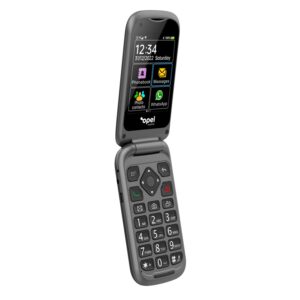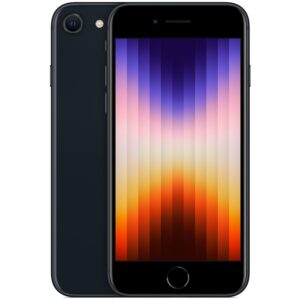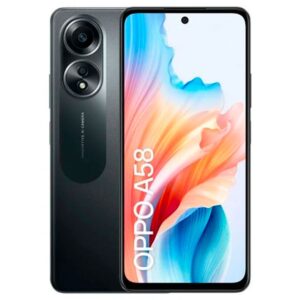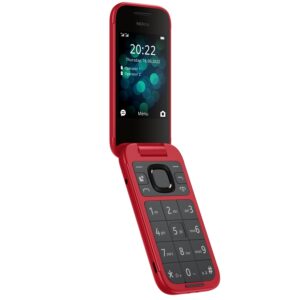We recommend choosing a feature phone over a smartphone for older adults because they’re generally easier to use, plus many models are built with older adult users in mind. This means accessibility is baked in at a design level rather than features that are tucked away in the settings menu.
For all mobile phones, we recommend keeping an eye out for the following features, depending on your specific needs:
- 4G network support as a minimum (3G will be deactivated in the coming years).
- A screen size that’s big enough to easily see icons.
- An inbuilt speaker that’s loud and clear.
- Physical buttons for those who don’t like touchscreens (or find them difficult to use).
- Generous battery standby time for sporadic use or multi-day capacity for regular use.
- Predictive text for easier messaging.
- Speed-dial storage for preselected numbers and/or a dedicated emergency button.
- An included charging cradle if you don’t want to rely on potentially fiddly charging cables.
- An easy-to-find torch function for low-light illumination.
- Optionally, a removable battery so you can have a spare or replace it when it starts to lose charge.
- Optionally, expandable MicroSD storage to keep more pictures, videos, and apps on your phone.
- Optionally, hearing aid compatibility.
- Optionally, an unlocked phone that isn’t restricted to a particular provider network.
On first start-up, most smartphones aren’t particularly great on the accessibility front, but this can be improved by jumping into the settings. For iPhone users, go to ‘Settings’, then ‘General’, and finally ‘Accessibility’. You’ll find options for larger text and hearing aid compatibility here, alongside other accessibility features.
For Android users, swipe down from the top of the phone then tap the settings cog. Scroll down through the settings menu until you find ‘Accessibility’. Here’s where you’ll find larger text and hearing aid compatibility, as well as other options that are worth testing to see which ones work for you.
While the iPhone operating system is generally considered to be easier to use than Android, Android users have the benefit of downloading ‘launchers’ that replace the basic look of the main phone options at start-up and during everyday use. Some launchers are free but others are paid. We recommend looking at options like Grand Launcher, BIG Launcher, and Simple Launcher that offer bigger apps and, generally, make smartphones closer in on-screen appearance to feature phones.








